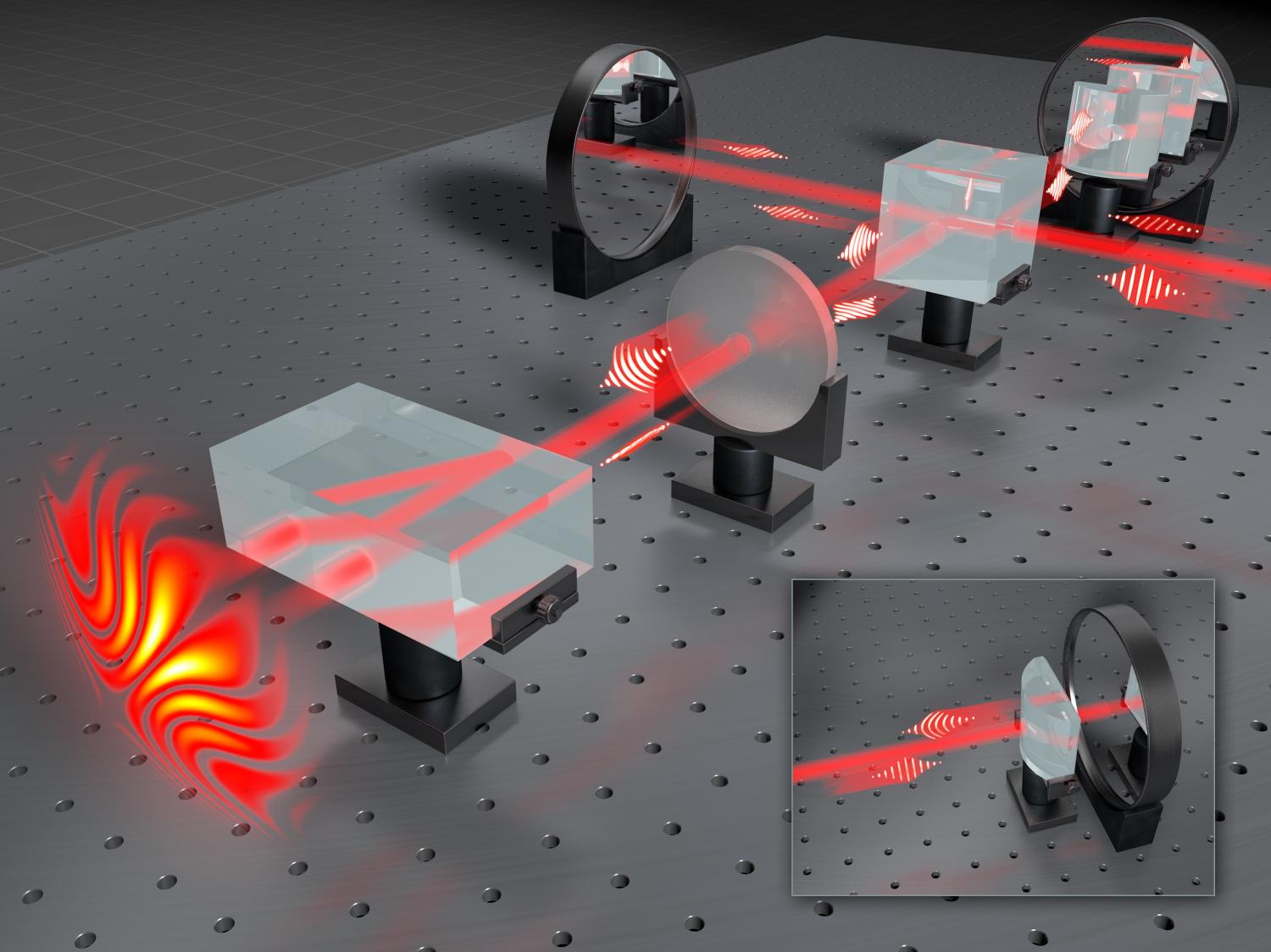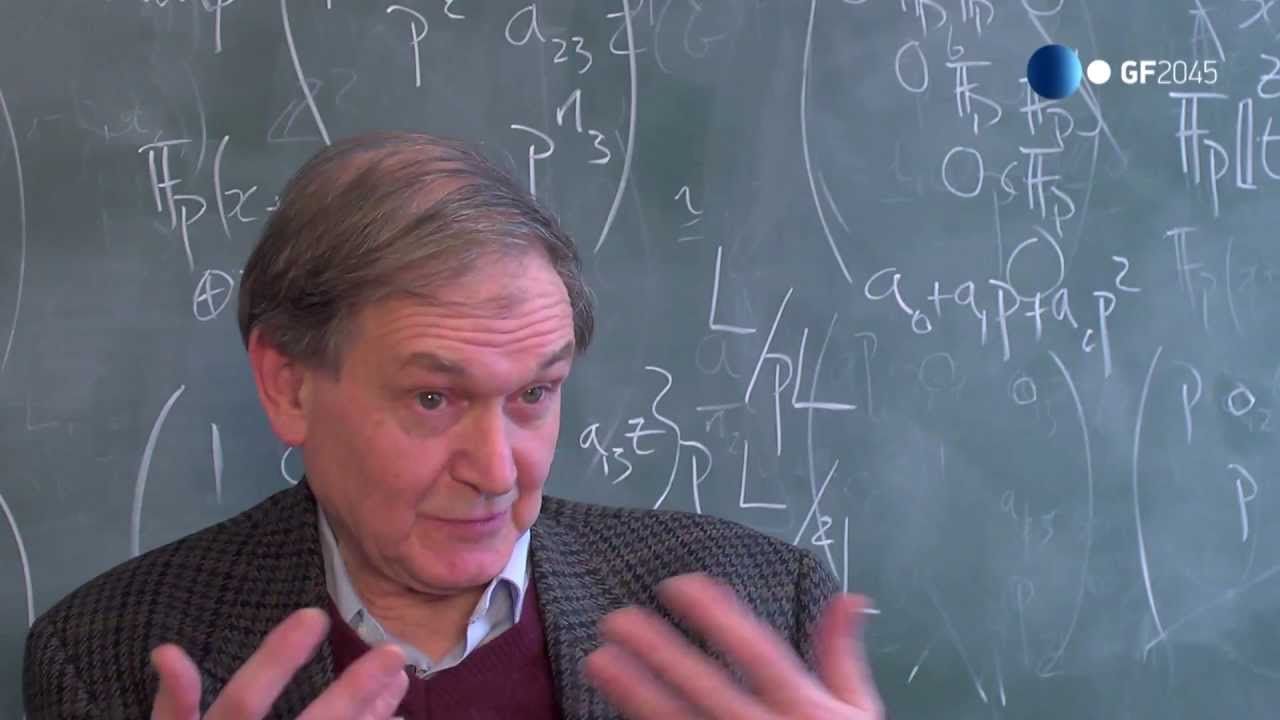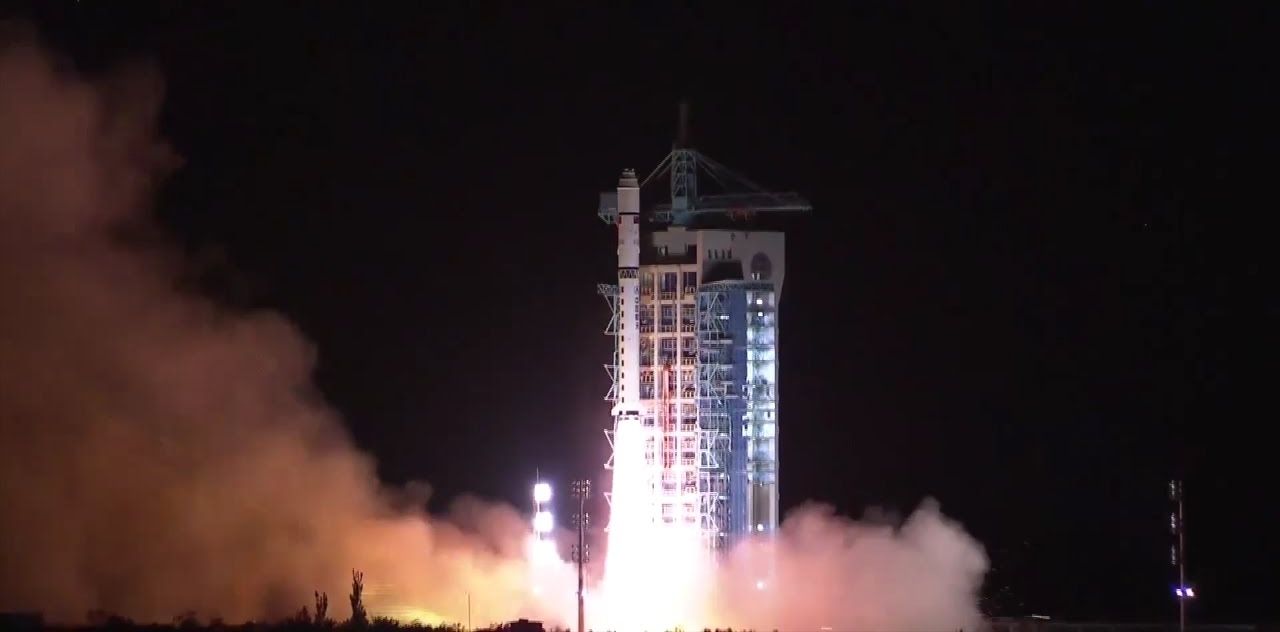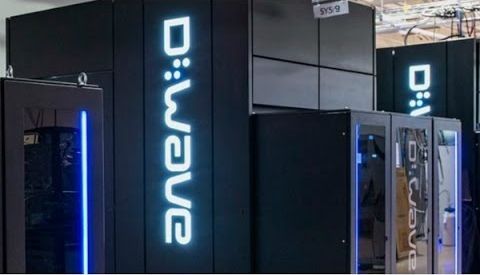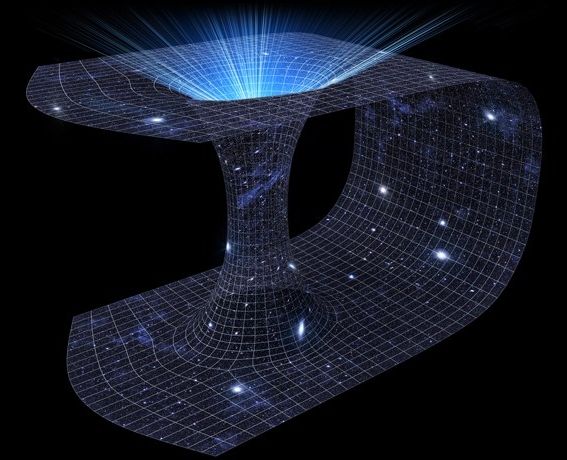Aug 18, 2016
This New Equation Could Unite The Two Biggest Theories in Physics
Posted by Karen Hurst in categories: information science, quantum physics, space
# Physics # Theories – This New Equation Could Unite The Two Biggest Theories in Physics : In a recent paper, a Stanford theoretical physicist develops a new equation, one which indicates that the key to finally connecting general relativity and quantum mechanics is found in bizarre spacetime tunnels called wormholes.
One of the most stubborn problems in physics today is the fact that our two best theories to explain the Universe – general relativity and quantum mechanics – function perfectly well on their own, but as soon as you try to combine them, the maths just doesn’t work out.
But a Stanford theoretical physicist has just come up with a new equation that suggests the key to finally connecting the two could be found in bizarre spacetime tunnels called wormholes.
Continue reading “This New Equation Could Unite The Two Biggest Theories in Physics” »
